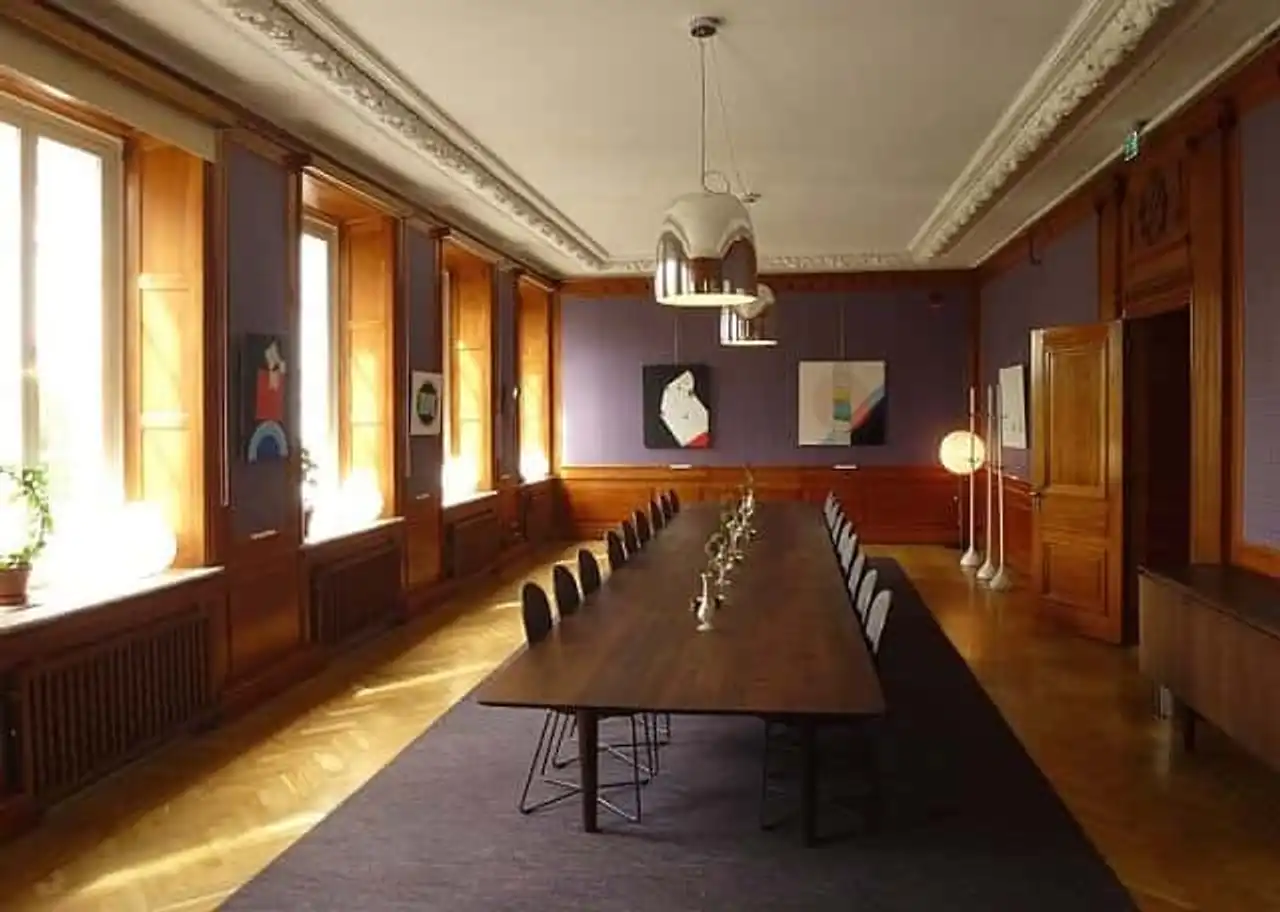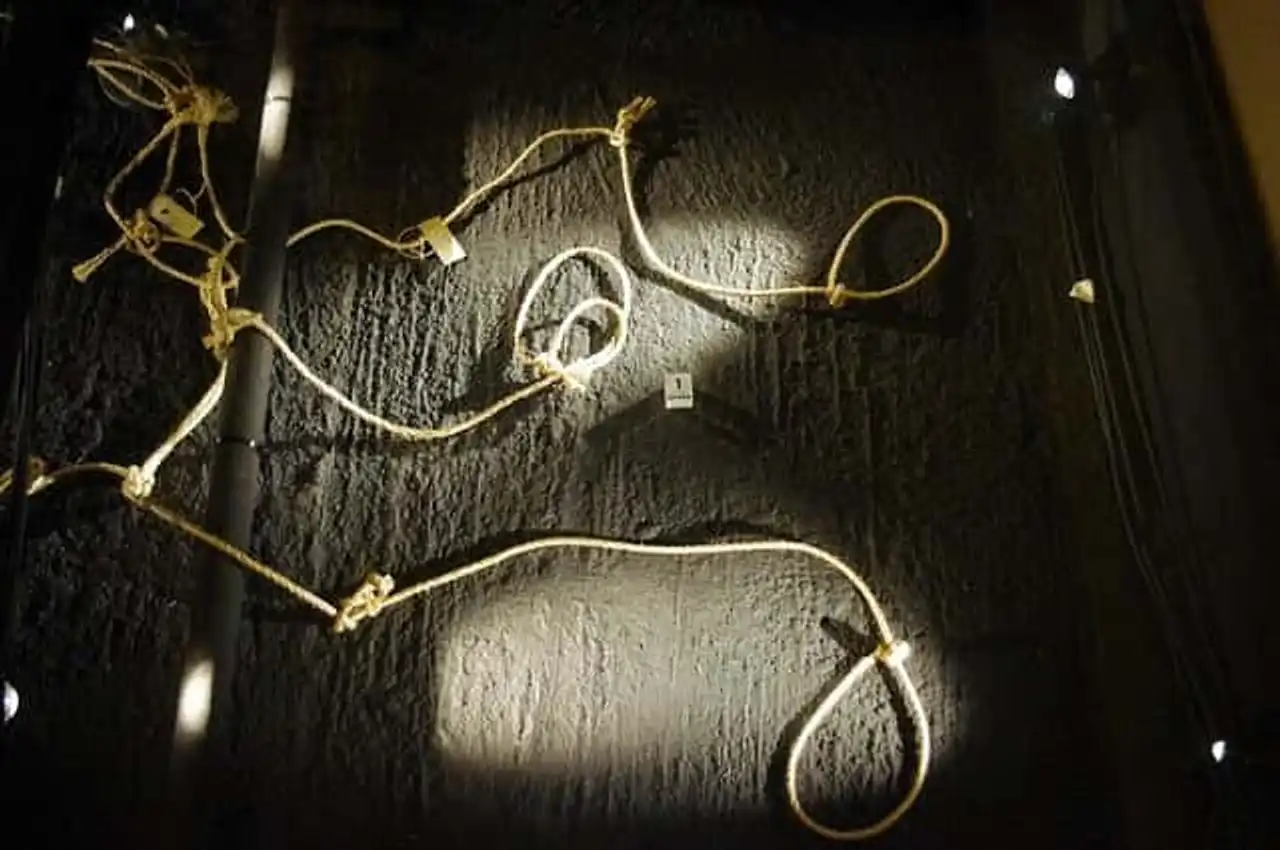What is the place that marks the birth of Stockholm syndrome? What is the Stockholm Syndrome and why is it called?
In the Swedish capital, you can find a hotel not like others. In the past, the Nobis Hotel marked the location of a bank that became famous thanks to the birth of a syndrome called Stockholm syndrome.
Today you can book a room in this neighborhood of Stockholm . A luxury hotel from 190€ per night with large suites, a lounge bar and a gourmet restaurant. One of the building’s reception rooms was once the location where the bank’s hostages had been sequestered.
What is Stockholm syndrome?
Everyone's heard about it at least once. This term can be heard on television, in the media, but also in certain police films. So what do we want to hear from Stockholm syndrome? We're going into the psychological field.
It is a term that characterizes a particular relationship between a hostage-taker and his prisoners. Instead of having to do with fear, stress or hatred, the hostages begin to have empathy or sympathy for their kidnapper. In some cases, a victim falls in love with his aggressor.

The bank where the hostage took place. Today a hotel – Photo credit: Wikimedia – Tage Olsin
Origins of Stockholm syndrome
The first time we heard about Stockholm syndrome was in 1973. On 23 August, Jan Erik Olsson robs the Danish bank Kreditbanken in the Norrmalmstorg district in Stockholm. Two policemen arrive very quickly on site but one of them gets shot by the robber while he asks the other to sit on a chair and sing something.
Jan Erik Olsson then takes 4 people from the bank as hostages and barricades inside. During his hostage taking, he will ask for the release of his cellmate and will again attack police officers who tried to have a visual on the situation. After 6 days of negotiation, the hostages are finally released. Throughout the events and after their release, the hostages expressed sympathy for their kidnapper and vigorously criticized the police.
Later in the trial, all victims will sit on the defence side and come to see them in prison. Stockholm syndrome was born this day. The name was imagined by psychiatrist Nils Bejerot but this type of behavior had already been analyzed by other specialists.

The room where the management of the hostage situation has been planned – Photo credit: Wikimedia – Holger. Ellgaard
Stockholm syndrome: How is that possible?
So how can one experience sympathy for his hostage taker? For this syndrome to appear, there is a favourable environment that allows the development of the trust and sympathy of the hostages to their kidnappers. The opposite also exists. The kidnapper(s) will have a positive and benevolent look at the hostages. Finally, the victims will openly criticize the police on the spot.
To arrive at these behaviours, the hostage-taker must be able to explain his gesture and justify it in the eyes of the hostages. For example in the film John Q with Denzel Washington, the latter makes a hostage take to save his son with a serious illness. Even if the act itself is reprehensible, the cause itself can be understood.
Second necessary element, the hostage taker must not hate or mistreat his hostages for any reason (haine, racism, etc.). Finally, the person can only develop this syndrome if she does not know its existence.

Hostile nodes – Photo credit: Flickr – Staffan Vilcans







Loading comments ...